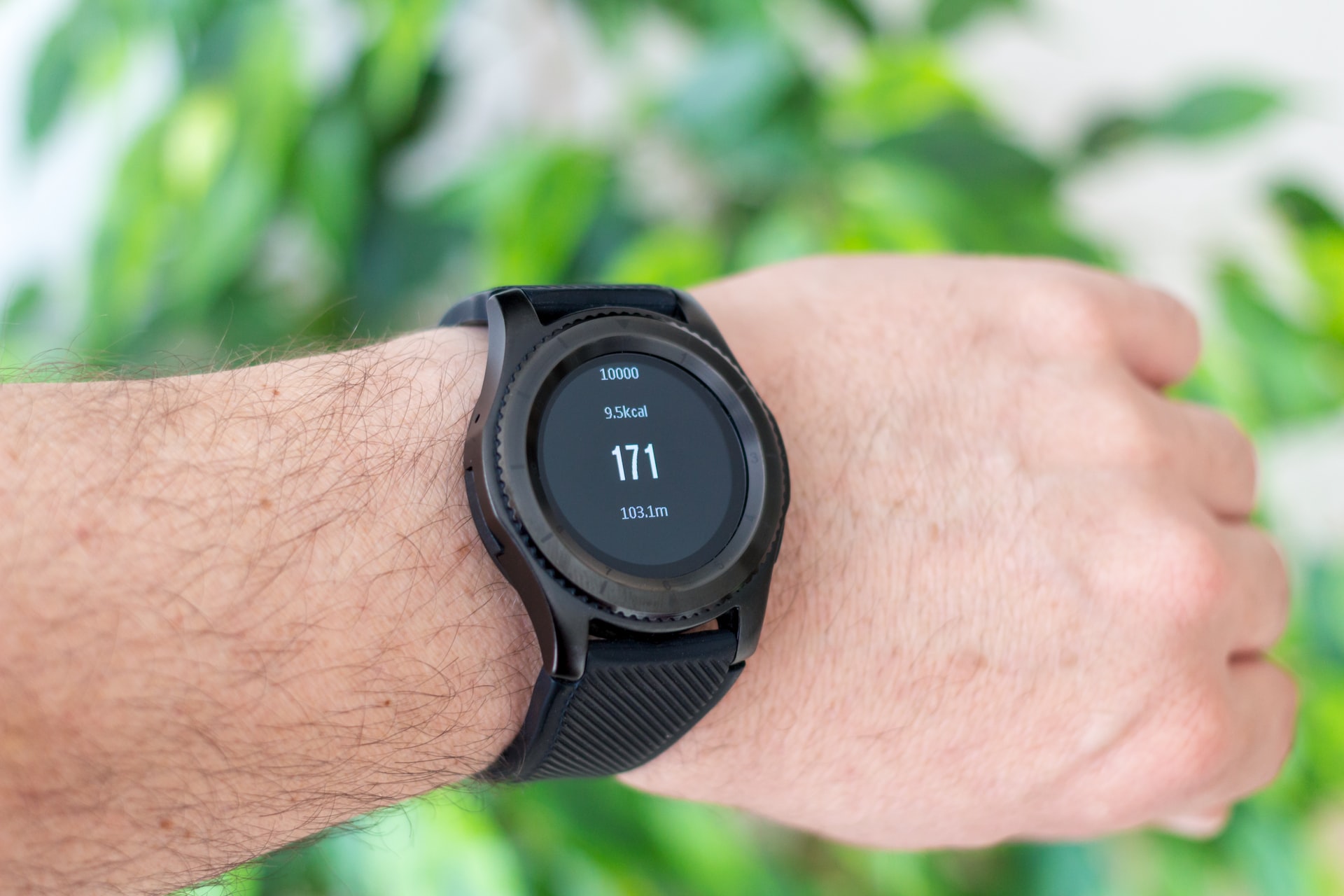
My Attempt to Revive Training by Heart Rate
Jan 18 | ( 0 ) Comments
A very common saying around cyclists is “power is king”, but is that really the case all of the time? Over the years I have noticed that this might not always be the case, and sometimes, just sometimes, heart rate might overthrow power as the king of training metrics for cyclists. How can this be? Well very simple, while power is more consistent, exact, and sensible to changes; heart rate is a better indicator of recovery and to when your body starts to feel the adaptive changes of training.
Many of us know that training hard all of the time is not good and that recovery needs to be included in all training plans. But what if the recovery is not being completed properly? This is something that I see many times with athletes of all levels, especially the ones that follow power meter numbers like the answer to all of their training problems. A rule that many follow to avoid this is to complete 80% of their training on an endurance or recovery zone, with the other 20% being high-intensity interval training. While the power meter is with no discussion the best at measuring high-intensity training and other metrics like energy consumption, I believe that for the other 80% of training a heart rate monitor is the best to measure training stress.
Heart rate monitors are better for measuring endurance and recovery rides, as they measure what the body is feeling vs what the body is actually producing. Again, power meters are best for that second part (which is interval training, races, etc.), however, one has to understand that in order to maximize the gains during this high-intensity training the other part of the training has to be done at the lowest intensity possible that introduces physiological adaptation while at the same time maximizing recovery. Those endurance rides where athletes like to try and catch a KOM, or maybe not that but just climbs a bit too hard or rides a bit too fast on those flat roads, they are the ones that minimize training adaptation, so riding in an endurance zone that is prescribed by your power meter or heart rate monitor is the answer. While staying on your power endurance zone might be good to a point, it does not take into consideration your other cumulative stress like family, work, problems, health issues, etc. Which could mean that if you had a very stressful day and then try to hit a 2-hour endurance ride, it might be a bit just too much? In the other case, your heart rate will take all of these external factors into consideration and will tell you just how hard is too hard. If the athlete stays in the lower part of its hear rate endurance zone, it will obtain the full advantages of the training session while making sure that its body it’s not working too hard when not needed. This way when the athlete has a high-intensity training session, he/she will be able to hit those numbers. One has to remember that it is not about going fast all of the time, but about being able to go the fastest on those target dates.
While I understand that there are many other advantages and disadvantages to training with a power meter vs with a heart rate monitor, I fully believe that in a proper and well-balanced training plan that both are needed. Power meter for interval workouts, races, to track energy consumptions and training improvements; Hear rate monitors for that other 80% of your training where you do not to be worrying much about numbers like your recovery and endurance rides. That is my attempt to return athletes to train with a heart rate monitor, which will be best if used in combination with a power meter. It is all about a proper balance.
If you got any comments, questions, or need assistance in setting up a training plan please do feel free to get in contact with me. Send me a message, give me a call or text me whatever works best for you!
Thank you for reading!
Gilberto Cortez - USA Cycling & TrainingPeaks Certified Coach